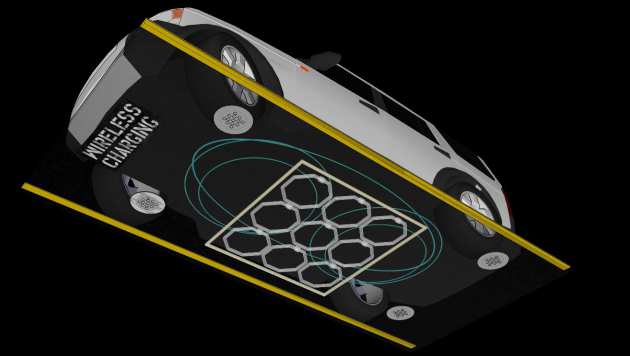Interface and network infrastructure to support EV participation in smart grids
 Electric vehicles (EVs) represent a significant additional demand to be serviced by future electricity networks. This increase in EV load is one of the key reasons why distribution Smart Grids technologies are sought to increase network capacity. In some views of Smart Grids, the EV may go further and provide energy back to the grid in some circumstances. The aim of the project is to research methods to enable the transition from the present distribution grid to a future Smart Grid with large numbers of electric vehicles.
Electric vehicles (EVs) represent a significant additional demand to be serviced by future electricity networks. This increase in EV load is one of the key reasons why distribution Smart Grids technologies are sought to increase network capacity. In some views of Smart Grids, the EV may go further and provide energy back to the grid in some circumstances. The aim of the project is to research methods to enable the transition from the present distribution grid to a future Smart Grid with large numbers of electric vehicles.
This project focuses on the specific infrastructure issues of the charging interface between the EV battery and grid and the additional infrastructure that is called for in the LV distribution networks to which EVs are expected to connect. Clearly, high efficiency is a key performance goal in EVs and network infrastructure but the cost-benefit case for infrastructure also rests on the extent to which Smart Grid services are realised that release sufficient latent network capacity to accommodate EV rather than pursuing large capital investments in new cables and substations. There are also function and convenience issues such as park-over wireless charging bays and technical compliance issues such as harmonic distortion aspects of power quality standards.
An EV-dominated AC distribution network will exhibit a number of problems: highly variable and localised peak power flows (resulting from clusters of charging stations and fast chargers); bi-directional power flows (if vehicle to grid power flows are sought); power flow constraints (because of charging demand exceeding limits of existing cables); increased phase unbalance (if domestic charging uses single-phase fast chargers) and power quality compliance difficulties (because of harmonic and other frequency emissions from electronic power converters).These problems can be tackled from several directions: alternative designs of charging interface; new network control devices (distribution FACTS) and new operation and plan procedures and in all likelihood it is a combination of these approaches that will be needed.
CAP People
- Prof. Tim Green – t.green@imperial.ac.uk
- Dr Paul Mitcheson – paul.mitcheson@imperial.ac.uk
- Dr David Yates – david.yates@imperial.ac.uk
- Dr Philip Clemow –philip.clemow@imperial.ac.uk
External
- Strathclyde University – Prof. Steve Finney and Dr Lie Xu
- Zhejiang University – Prof. Xiangning He and Prof. Daozhuo Jiang
- Huazhong University of Science and Technology – Prof. Shanxu Duan
- China Electric Power Research Institute – Prof. Xioahua Ding


